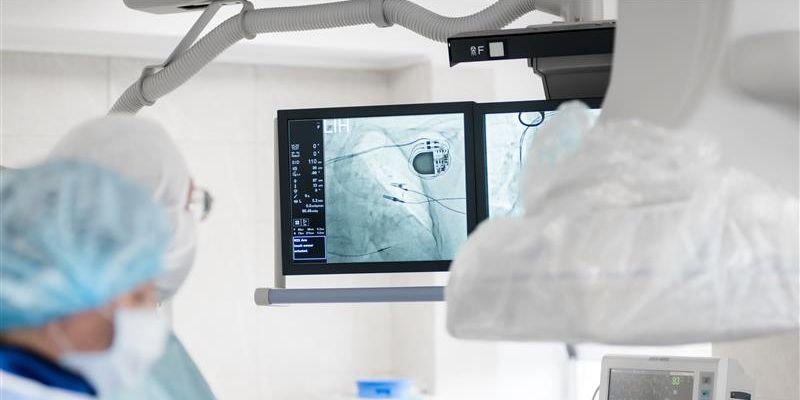
Scientists have found a way to pick the best pacemaker for each patient, potentially making them last years longer.
Researchers at the University of Leeds, Université Grenoble Alpes and University Hospital of Grenoble-Alpes, France, have developed an algorithm which allows doctors to work out which pacemaker functions are likely to use the most battery power. Depending on the individual patient’s needs, some of these may be switched off, thereby conserving battery life.
Pacemakers usually last from seven to 14 years, depending on the features used – so switching off unnecessary functions has the potential to considerably increase the life of the device. This would benefit patients by reducing the number of surgeries needed, and would lower associated costs for the NHS.
This is the first step towards helping doctors to decide which pacemaker to choose and which program to activate, to provide the patient with the device and battery life that they need.
A research paper, titled ‘Cardiac implantable electronic devices’ longevity: A novel modelling tool for estimation and comparison’, is published in the journal PLOS One. It has been made available via open access by the University of Leeds so doctors everywhere can access the modelling tool freely and use it to inform their clinical practice.
Dr Klaus Witte, Senior Lecturer and Consultant Cardiologist in Leeds’ School of Medicine and at Leeds Teaching Hospitals NHS Trust, said: “This is the first step towards helping doctors to decide which pacemaker to choose and which program to activate, to provide the patient with the device and battery life that they need. This will hopefully delay battery replacements or maybe avoid them altogether - which is good for patients, the NHS and wider society as a whole.”
Professor Pascal Defaye of Université Grenoble Alpes and University Hospital of Grenoble-Alpes said: “This is a unique approach based upon real life data and allows direct comparisons between devices, options and manufacturers.”
A pacemaker is an implanted device that uses electrical pulses to keep the heart beating at a regular rate. They are used to treat heart failure, and abnormal heart rhythms which can cause patients to lose consciousness.
The device, which consists of a small metal box containing a battery and a small computer, sits under the skin near the collarbone. Leads attached to the box are threaded through a blood vessel to the heart’s chambers. The pacemaker senses via these leads what the heart is doing, and to add in beats if necessary. If the heart slows down or misses a beat, the pacemaker sends an electrical impulse, stimulating the heart to restore it to its normal rate.
There are several different types, which offer a range of sophisticated options. These include regulating a slow heart rate; prompting the heart chambers to beat in time; increasing the heart rate when the patient is active; remote monitoring, and activity pattern storage. Not all of these options are needed by every patient.
Patient data
The research team used available data from pacemaker user manuals to calculate how much battery power each option used. Computer modelling was used to simulate the impact of switching on only the functions necessary for different health conditions. The modelling was verified against real-life patient data.
The results demonstrated which of the features used the most power; how they affected the longevity of the battery, and how many years of battery power could be gained by deactivating them.
Cardiologists use information provided by pacemaker manufacturers to select the most appropriate device for each patient, but due to the wide range and complexity of available appliances, this can be imprecise.
Dr Witte said: “We are often not sure how the options impact the battery life. Together, the patient and the doctor can discuss which functions are necessary, and which are ‘nice to have’, as well as what cost to the battery there is for each option.
“Choosing the right device and the right options for the patient can be likened to how one might choose a car, based upon the cost – which gadgets are needed, and which are not.
“Combining this with our previous publications that show how careful programming can help extend battery life, we are closer to providing patients with truly personalised care.”
The research team included French colleagues Pascal Defaye at University Hospital of Grenoble-Alpes; Serge Boveda at Clinique Pasteur, and Jean-Renaud Billuart, an engineer at industry partner Microport.
Further information
Photo: Adobe Stock